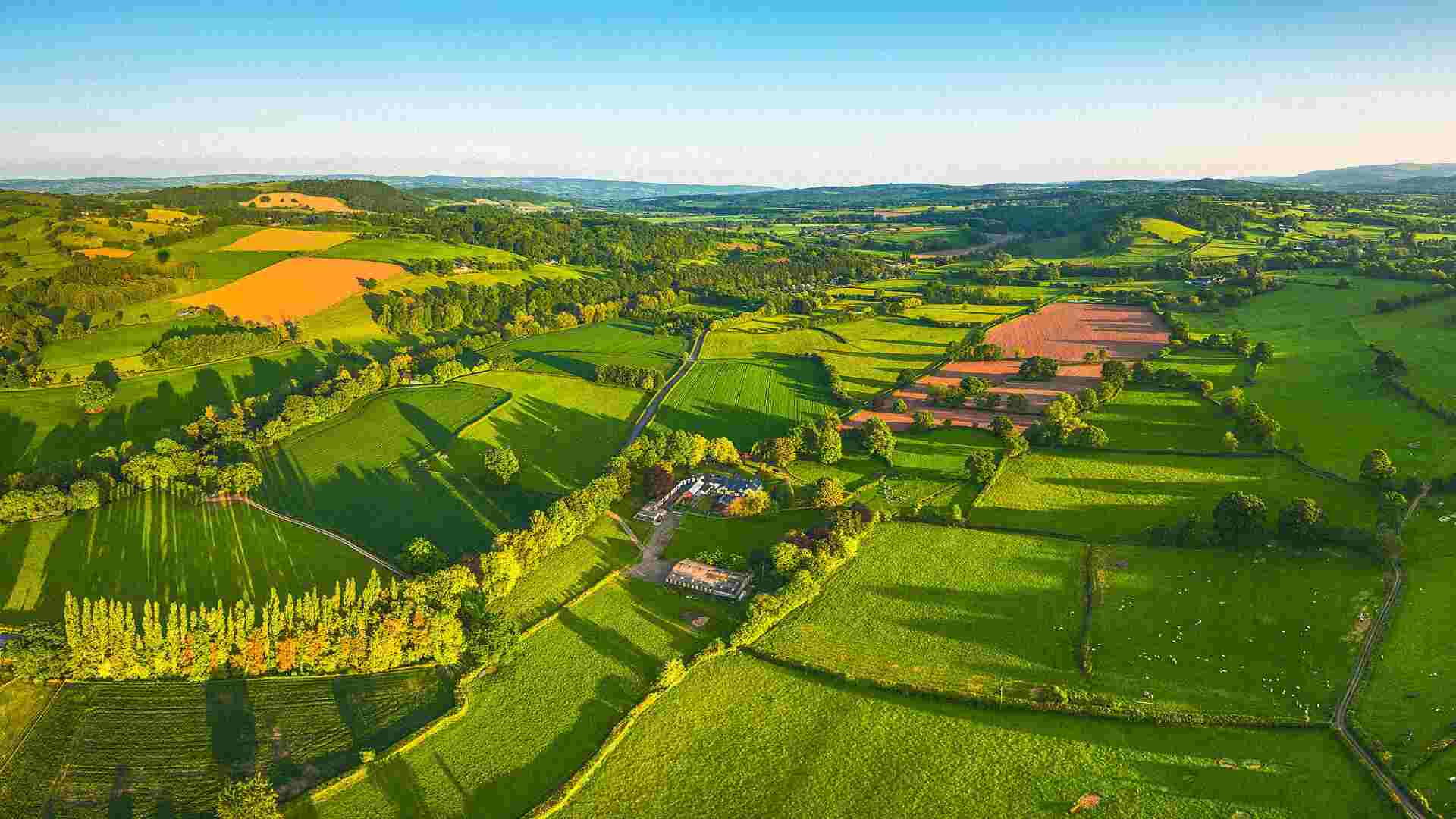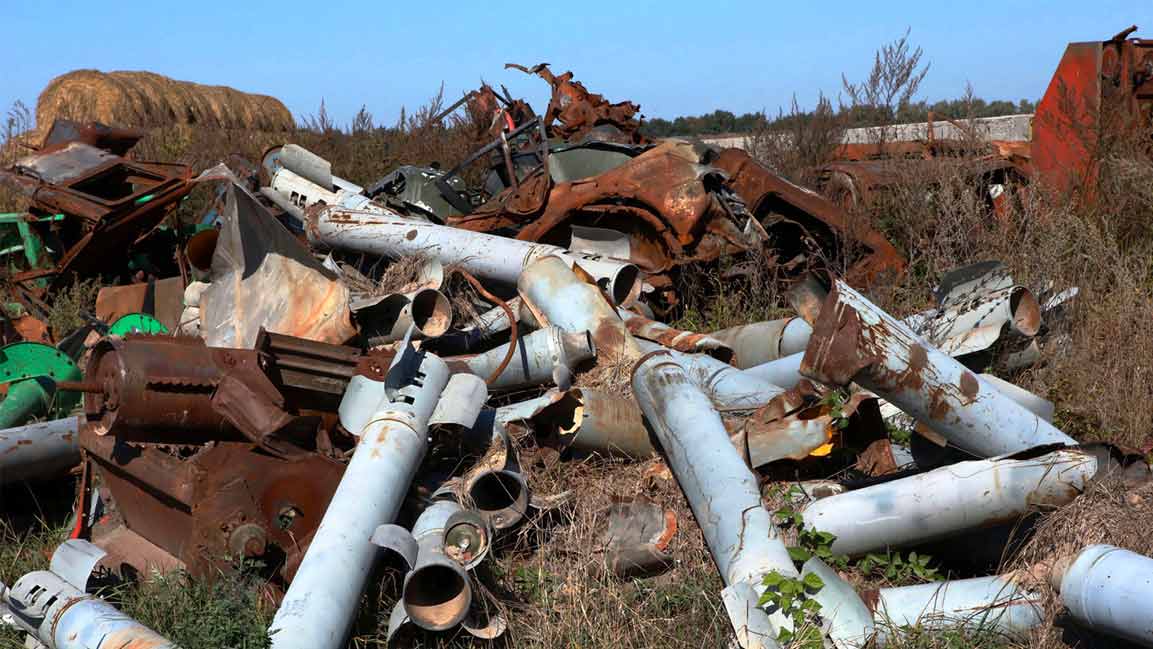- | 8:56 am
Bill Gates says it’s ‘complete nonsense’ that planting trees can solve climate change. Here’s why we should do it anyway
Some experts argue that companies shouldn’t make climate claims when they support reforestation. But there are still other reasons we should be growing more trees.

“I don’t plant trees.” So said Bill Gates onstage at The New York Times’ recent climate summit. He added that it was “complete nonsense” to think that tree planting could solve climate change, and didn’t mince words about how he felt about that notion: “Are we the science people or are we the idiots?”
Others, like Salesforce CEO Marc Benioff, have championed the idea that planting and conserving a trillion trees could play a major role in capturing emissions and reaching net-zero goals. Hundreds of companies joined his effort to try to plant and conserve that many trees by the end of the decade. It’s one climate action that even Republicans support.
Obviously, trees suck up carbon dioxide as they grow, and planting them is cheaper than building carbon removal technology like giant direct air capture machines.
“Mr. Gates talks of proven, science-based technologies: Trees are exactly that,” says Sean DeWitt, director of the Global Restoration Initiative at the nonprofit World Resources Institute. “Trees not only suck carbon dioxide out of the atmosphere at rates that far exceed existing ‘technological’ solutions, they are also far more cost-effective and are key to the functioning of our water and nutrient cycles without which we could not grow food.”
Still, planting a trillion new trees might prevent only 0.15 degrees Celsius of warming by 2100, according to one analysis from the nonprofit Climate Interactive. That many new trees could also capture only a relatively small amount of the emissions that need to be offset by the middle of the century, the analysis found.
“Even if you could plant a trillion trees—which would never happen, it’s more realistic to say maybe a tenth of that—the trees will only remove 6% of what’s needed to be removed by 2050,” says Andrew Jones, executive director of Climate Interactive, which uses a climate modeling platform built in collaboration with the Massachusetts Institute of Technology called En-ROADS.
The calculation may be debatable, though. Jones says that it takes decades for trees to be able to remove a significant amount of CO2. But DeWitt says that significant carbon removal can happen within years in the tropics, and he believes that the platform’s estimate may be conservative. DeWitt also says that more land is available for planting than the model assumes, because the biggest opportunity to add trees is on existing farms.
Even if the numbers are right, DeWitt argues that sequestering “only” 6% of CO2 by 2050 is meaningful. It’s equal to capturing 37 gigatons of CO2. “Nobody is saying this is the silver bullet solution,” he says. “But it seems significant.”
In the worst-case scenario, planting trees could be used as a distraction from the need to reduce fossil fuel use. Jones compares it to a smoker at risk of lung cancer going to the doctor, and the doctor suggesting a better diet and exercise—not quitting cigarettes. At a time when we’re already seeing devastating effects from climate change, he argues that we should be focused on the solutions that can have the maximum impact.
“We created a problem that is killing people,” Jones says. “In the minutes that we’re speaking right now, it’s killing people. Because of burning coal, oil and gas, and releasing methane. This is a terrible tragedy that we’re in the middle of. We should not be talking about things that don’t help solve the problem a lot, because people are dying. Ecosystems are crashing right now.”
Companies shouldn’t use tree planting in their climate strategies, he argues, or tell customers that they can offset the emissions from a purchase by paying extra to plant, say, 10 trees. Instead, they should focus on directly cutting emissions as much as possible—and potentially avoid offsets completely.
But even if cutting emissions needs to be the main focus, it doesn’t mean that tree planting shouldn’t still get support. That’s partly because it has so many other benefits, including some related to climate adaptation.
In cities, planting trees can be critical to dealing with extreme heat, both by making it more comfortable to be outside and by reducing the need for as much air-conditioning. Trees can help filter air pollution. They can help manage stormwater. Being near trees can improve mental health. It can even help improve student test scores and make adults feel years younger. On farms, adding trees to pastures can help prevent erosion and improve water quality. Trees also provide critical habitat, both in cities and forests, at a time when a million of species are at risk of extinction.
It’s still critical to fund tree planting while not overstating claims of the climate benefit. That could be a challenge: If companies start to drop funding for reforestation from their climate programs, it could mean that some restoration projects suffer.
“I was just on the phone today with an environmental leader in Côte d’Ivoire,” Jones says. “They’re trying to reforest areas that have been deforested. And if the world comes out and says it’s not a big climate solution, then maybe there’s funding that could get pulled back from that.” Criticizing tree planting, then, could have some negative secondary effects. “Unfortunately,” he adds, “our field has spent 20 years exaggerating the climate contribution of a set of solutions that should be enacted for other reasons. So we’ve created a tough situation.”
DeWitt contends that planting trees should still be recognized for its climate potential, along with preserving existing forests. “It has never been claimed that growing more trees will solve the climate crisis on its own,” he says. “However, restoration and conservation of standing forests are essential to fighting climate change and ensuring that our planet remains livable.”
This story was updated to clarify that En-ROADS was built in collaboration with the Massachusetts Institute of Technology.







































